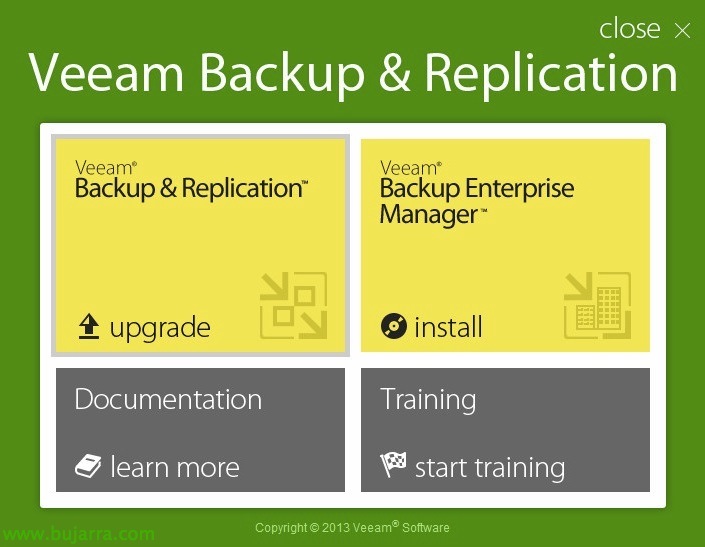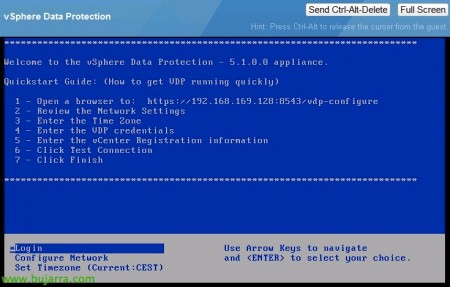Veeam 7, migration!!!
Last week, the new version of Veeam Backup finally appeared & Replication, version 7, In this document, we'll look at the simple process of upgrading your backup server from V6 to V7. On the Tundra IT website you have more information about all the new features that the new version brings!









































